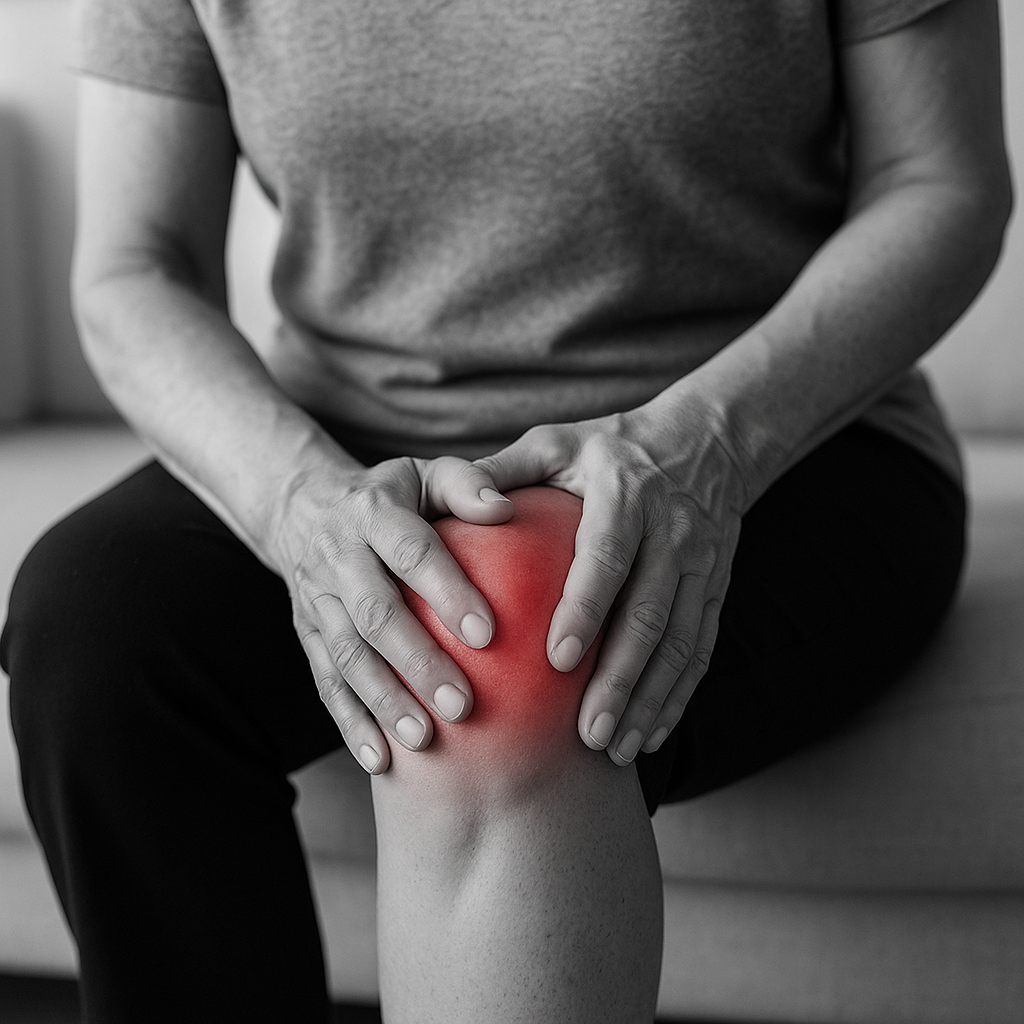Osteoarthritis: More Than “Wear and Tear” — Understanding the Modern Science
Osteoarthritis is often described as a simple “wear and tear” condition, but this does not fully capture the complexity of what actually happens inside a joint. Modern research shows that osteoarthritis is a dynamic, active process involving inflammation, changes in cartilage biology, alterations in bone structure and the surrounding soft tissues — not just mechanical use over time. Understanding this can help patients make sense of why their symptoms fluctuate, why pain can feel out of proportion to X-ray findings, and why treatments beyond painkillers can be so effective.
What Really Happens in Osteoarthritis?
1. Cartilage breakdown is only part of the story
Cartilage does not simply thin out because it has been “used too much.” In osteoarthritis, the cells inside cartilage (chondrocytes) become stressed and start releasing enzymes that break down the cartilage matrix. This is a biological process, driven by inflammation and microscopic injury, not just age or activity.
2. Inflammation plays a key role
Low-grade inflammation inside the joint lining (synovium) is increasingly recognised as a major driver of pain. This inflammation can cause swelling, stiffness and a deep aching sensation — particularly first thing in the morning or after resting.
3. Bone becomes more active
The bone underneath the cartilage (subchondral bone) changes structure and becomes harder and thicker, contributing to pain. Small cysts or bone spurs (osteophytes) may form as the joint tries to stabilise itself.
4. Muscles and soft tissues are affected too
Weakness around an arthritic joint can worsen symptoms. The brain sometimes “protects” a painful joint by limiting movement — which can unintentionally lead to further stiffness and loss of mobility.
Osteoarthritis is therefore a whole-joint condition, influenced by biomechanics, inflammation, genetics, previous injuries, metabolic factors and lifestyle — far more than simple “wear and tear.”
A Patient Experience: When Accurate Diagnosis Brings Immediate Relief
One patient recently shared their story after experiencing severe pain and immobility affecting the outer thigh and hip. They described:
using a walking stick
being unable to climb even a single step
profound stiffness and loss of mobility
They explained:
“I was walking with a stick as I was having terrible pain… in three days I gave up my walking stick. I was suffering with so much pain, stiffness and no mobility. Doctor quickly diagnosed where the pain was and gave me an injection, which gave me relief and improved my mobility in just three days.”
This experience highlights an important point: osteoarthritis pain is often driven by very specific structures — such as an inflamed bursa, irritated tendon or a localised area of joint inflammation. When the correct source of pain is identified, targeted treatments (including injections) can provide rapid, meaningful improvements in mobility and quality of life.
The patient concluded:
“Dr Singh is an amazing consultant. He is very kind and considerate… I would highly recommend meeting Dr Singh to anyone facing immobility, joint or bone pains.”
Their story reflects how a careful, precise assessment can transform symptoms that initially feel overwhelming.
What Helps Osteoarthritis?
Targeted assessment
Understanding which structure is causing pain (joint, tendon, bursa, muscle, or nerve) is often the key to effective treatment.
Strengthening and conditioning
Improving the strength of supporting muscles is one of the most evidence-based strategies for long-term benefit.
Weight optimisation
Even modest weight loss reduces joint load and inflammation.
Anti-inflammatory strategies
Including medication, physical therapy, and lifestyle adjustments.
Injections when appropriate
Steroid or hyaluronic acid injections can be extremely helpful for specific joints when used judiciously.
Addressing biomechanical factors
Footwear, gait patterns, posture, and previous injuries can all influence symptoms.
A Modern Way of Understanding Osteoarthritis
Framing osteoarthritis as a living, biological process — not just wear and tear — helps patients understand why treatments targeting inflammation, strength, biomechanics and pain pathways all play an important role.
With the right assessment and a tailored treatment plan, patients can often regain mobility, reduce pain and return to activities they value, just as the patient in this story experienced.
Please note, these posts are for general information only and do not constitute medical advice. Dr Singh would encourage you to speak to your healthcare professional to be assessed and managed for your specific symptoms.

